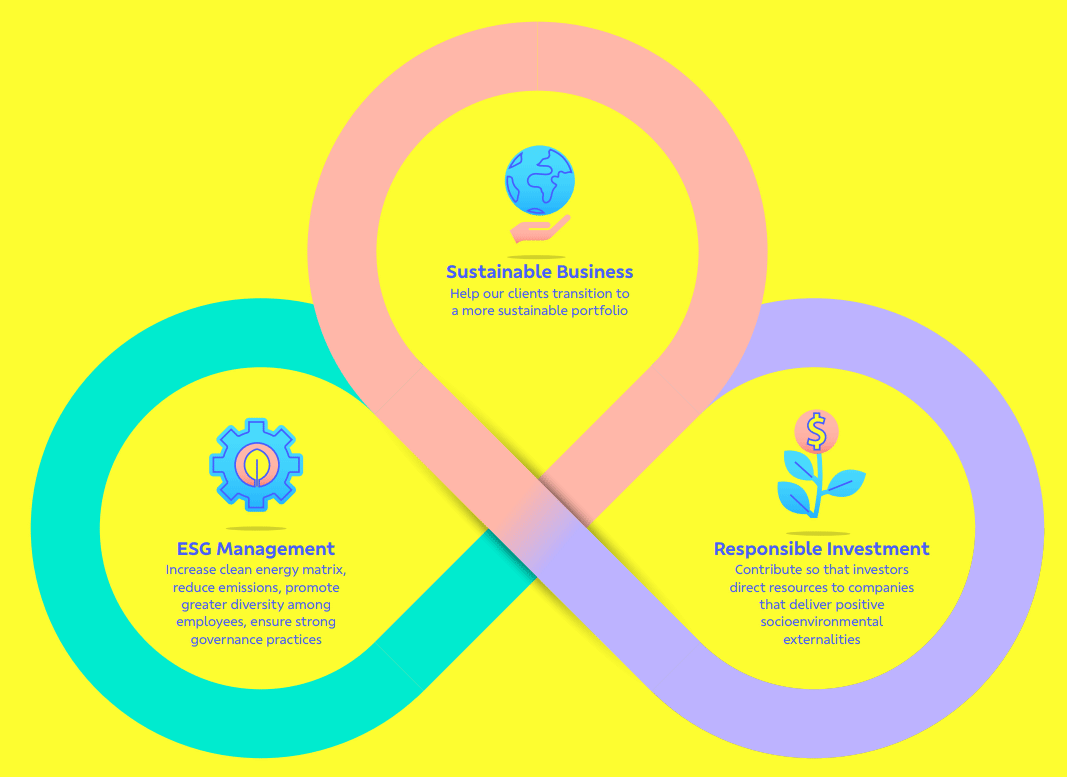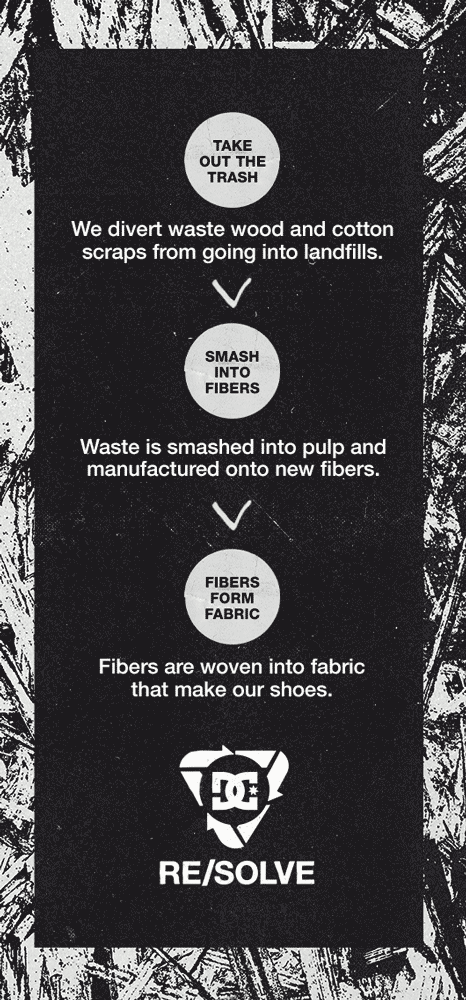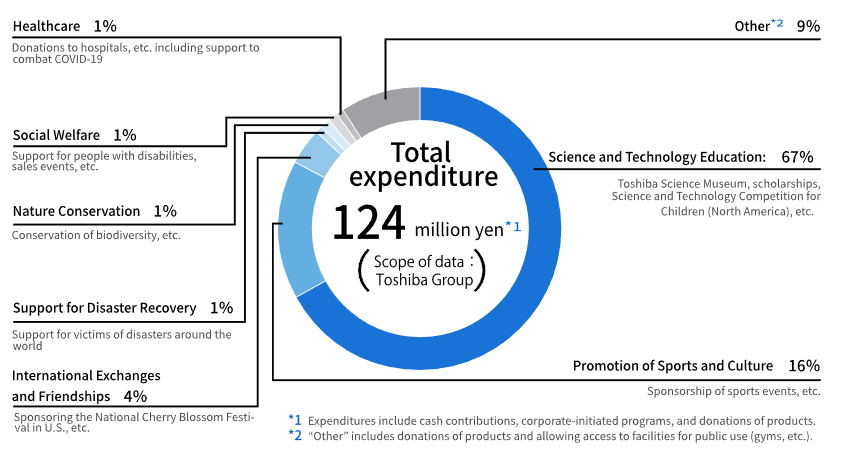5 commandments on how to communicate sustainability
Share this article

Customers are clear – the majority of them desire brands that are sustainable and ethical in their actions. Therefore, it is vital to communicate your sustainable approach. How can you do so? We have five suggestions you can implement almost instantly.
As awareness of the impact of human activity on the environment is growing, sustainability has recently become an increasingly important issue for businesses. Last year, Harvard Business Review published a study showing that for almost 75% of consumers supporting communities and the environment is a crucial question for companies that want to win their support.
Communicating sustainability in a way that resonates with customers can be challenging, though, especially with all that’s been recently going on concerning greenwashing. Before we show you how to approach this delicate matter, let’s see what actions are currently in place regarding sustainability.
In their recent 2023 CxO Sustainability Report, Deloitte shows what actions are usually taken, but they also glimpse at those that are more challenging in implementation. Interestingly, many respondents named climate change as a top-three issue (climate change was deemed more pressing than innovation, competition for talent, and supply chain challenges). Without a doubt, companies understand the importance of sustainability. And here’s what they usually do:

Sustainable materials, effective use of energy, and education – these are three main areas pursued by organisations surveyed by Deloitte. And what actions are considered more challenging and harder to implement?

In this group, we have more product- and production-related initiatives. So, we can generally say that it’s easier to implement things that don’t require revolutionising how the company works. While there’s still a lot to be done, every sustainable activity is a step towards a better, cleaner future.
The biggest problem with greenwashing is that it’s based on a lie. Companies involved in greenwashing want to look like they are better than they actually are. So, your first commandment is simple: Don’t lie! Today, consumers are increasingly aware of environment-related questions, and many of them can spot greenwashing from a mile away. To avoid this problem, be transparent about your sustainability efforts and even about the challenges you face in becoming more sustainable. Customers are more likely to trust and support companies that are honest about their sustainability journey.
Here, Banco do Brasil is a good example. They have been implementing green initiatives for over 40 years now, primarily to reduce emissions, expand green financing and empower communities. In the last decade, BB was recognised seven times among the 100 most sustainable corporations in the world. 35% of the bank’s credit volume is used to finance activities with social and environmental returns. And that’s not all they’re doing:

Communicate your sustainability efforts and achievements in a clear and concise manner. Use numbers and statistics to showcase your progress. For example, you can show how much water or energy you have saved, how much waste you have reduced, and how much carbon you have offset. Make sure to explain how your social impact efforts positively impact the environment, communities, and your business.
Here, DC Shoes is an interesting example. This American clothing brand has recently introduced its new initiative called DC RE/SOLVE. As a part of this initiative, they’ve developed a new fabric called REFIBRA™. It’s an eco-friendly fabric that combines upcycled cotton scraps and wood pulp to create a truly carbon-neutral product. They do not just say that, but they also show the process that leads to creating shoes made of this fabric:

Engage with your customers and make them a part of your sustainability journey. Share your goals and ask for their input and feedback. You can also encourage them to participate in your efforts. For example, you can run a recycling program or a sustainability campaign and invite customers to participate. And when you’re successful, make sure to share the results of these initiatives with your customers and thank them for their support.
Here, Toshiba is a good example. As a part of their sustainability initiatives, they organise Toshiba Group Volunteer Days. In 2021, around 43,000 employees participated in sustainability activities around the world. Toshiba volunteers participated in clean-up activities, food drives, donating blood and making financial and food donations. The company also supports many other social contribution activities:

When communicating sustainability, use a positive tone. Yes, there’s still a lot to do, but focusing on the positive side of the problem is the best way to go. In your communication, highlight the benefits of sustainability, such as improved health and well-being, cost savings and environmental protection. This way, you can inspire customers and other stakeholders to do more. You can even experiment with a humorous message.
In 2021, Oatly, a Swedish food company that produces alternatives to dairy products, launched a Superbowl commercial for their cow-free milk. The company’s CEO, Toni Petersson, played the main and only role:
One of the comments said: “They made a commercial so terrible they got other people to write articles and talk about their brand for them.”
Use multiple channels to communicate your sustainability efforts and achievements. Here, you have a broad selection of:
Of course, you need to tailor your message to each channel and audience, but that’s a story for a different article. Whichever channel you use, short and catchy visuals are always a good idea. Take a look at this example of an infographic created by Walmart Canada:

It’s not overloaded with information, it’s nice to look at, and easily shareable on social media – that’s what you want from your sustainable communication.
In conclusion, the right communication is essential for your businesses to demonstrate your commitment to sustainable practices. To communicate sustainability effectively, be authentic, highlight your sustainability efforts, engage with your audience, be positive, and use all the available marketing channels. If that’s something you need some help with, Admind is at your service. We are an experienced branding company specialising in conscious branding campaigns. We will happily aid on how to communicate sustainability as well! Contact us, and let’s do something sustainable together!